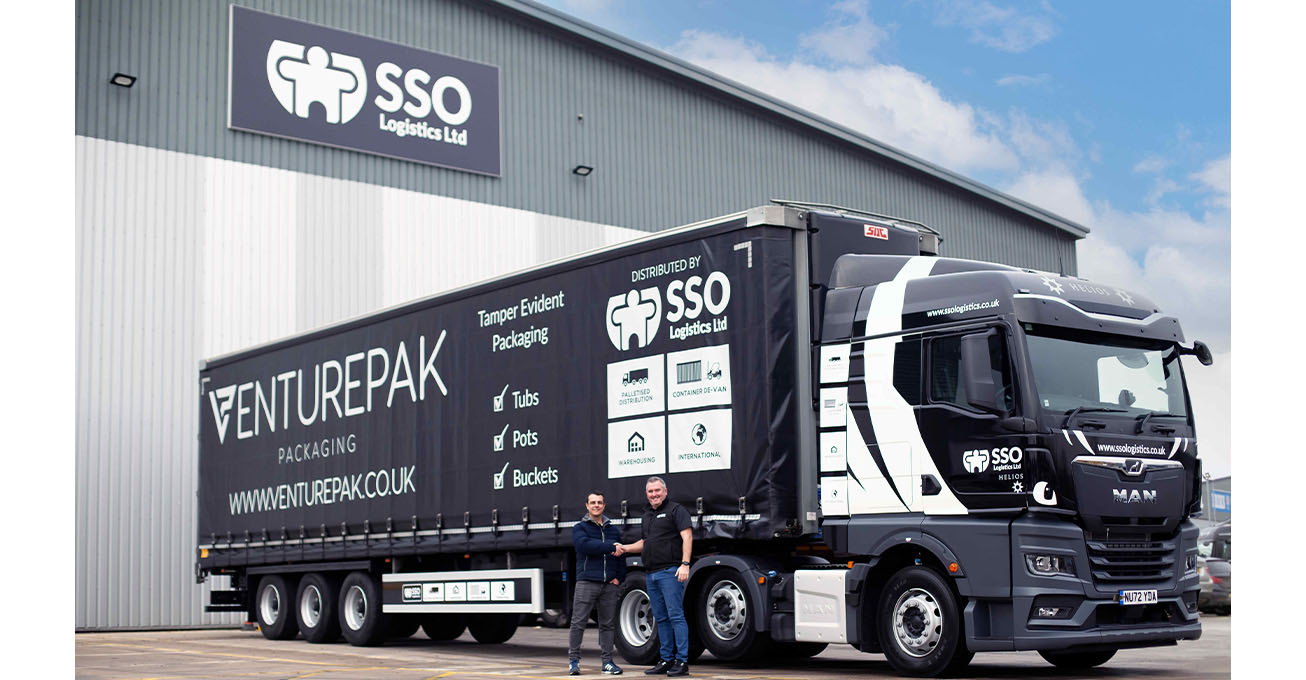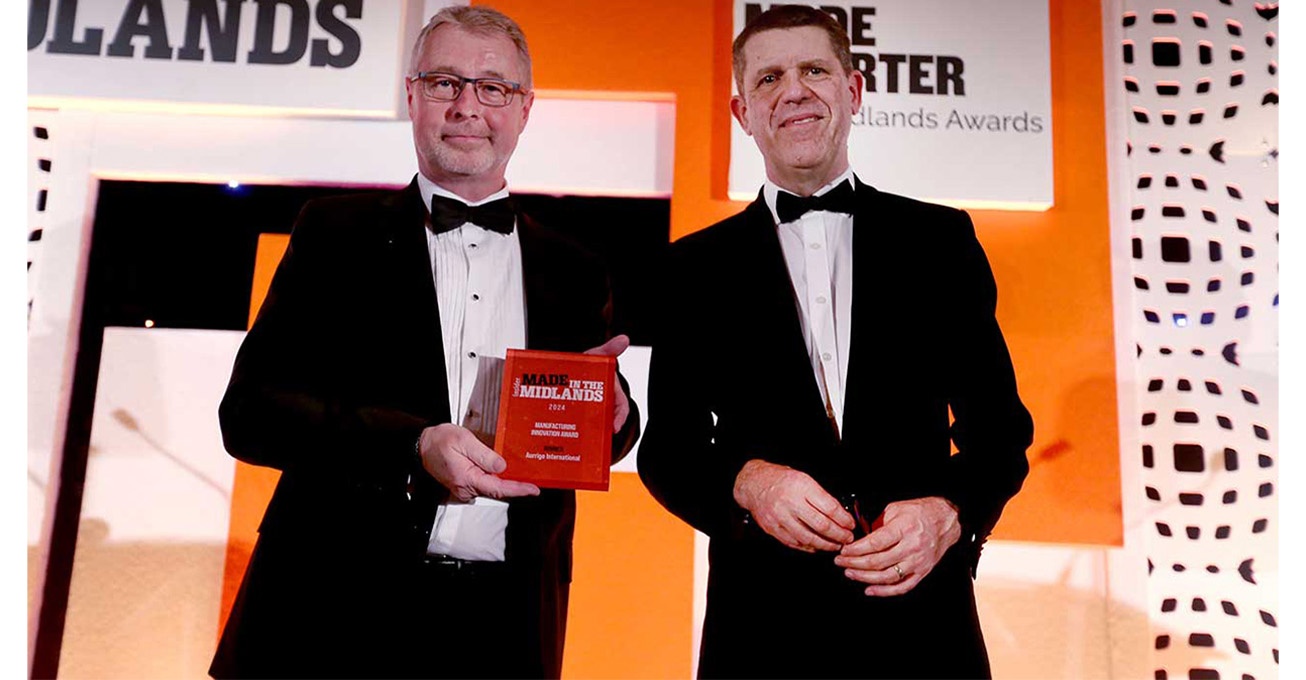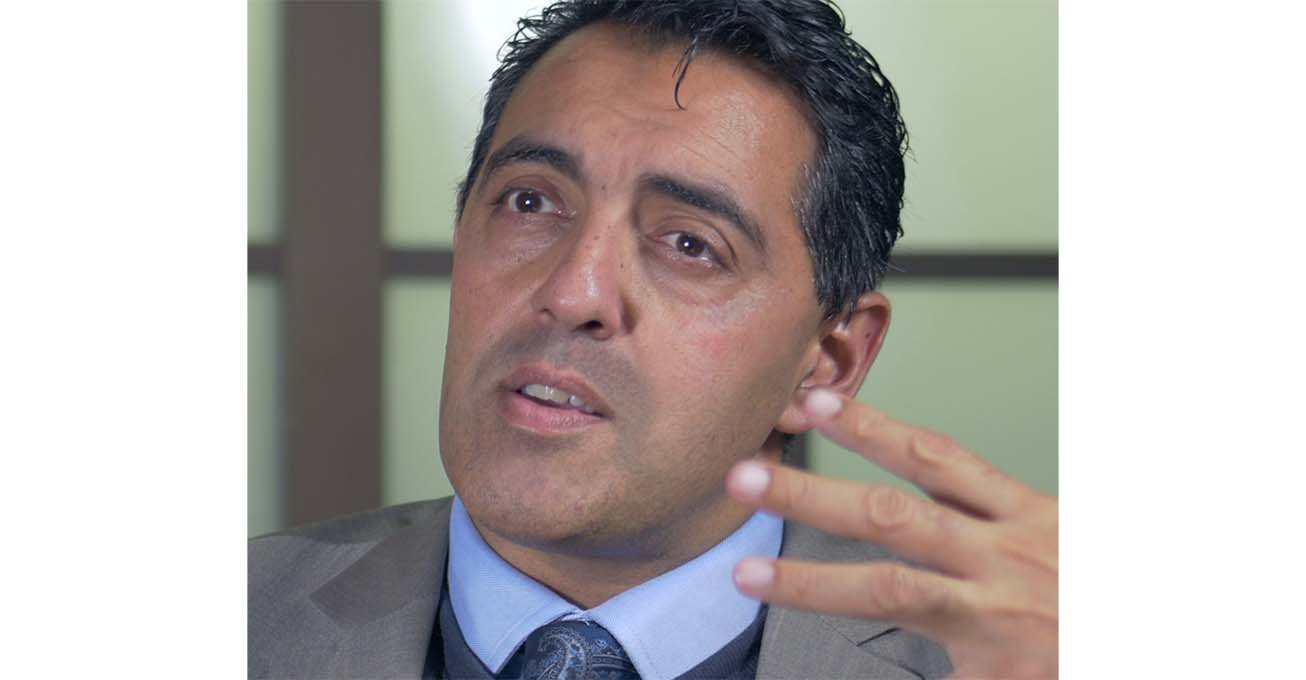 Described as ‘more than just a railway’ by the Chief Executive of Crossrail, Andrew Wolstenholme.
Described as ‘more than just a railway’ by the Chief Executive of Crossrail, Andrew Wolstenholme.
The Elizabeth Line not only provides a speedy way to get around, it’s expected to benefit London travellers in more ways than one.
History of the Elizabeth line
This line has been in the works since 2009 and dramatically cuts commuter time to London for around 1.5 million people. But the Elizabeth line’s development goes back further, as an east-west mainline was first proposed in 1919. However, after the world wars, plans for the underground had been halted and the idea was put on a shelf. Eventually, lines of a lesser scale connecting east to west were built, which included the Jubilee and Victoria lines, with original proposals to build the Elizabeth line being rejected in the 1990s.
The latest Elizabeth line scheme was presented in 2005, with final approval and royal assent granted in 2008, enabling construction to begin. The first stations were eventually completed in 2022, offering new integrated systems, designed by architects inspired by their locations, whilst maintaining the signature look of the curving white glass fibre-reinforced cladding.
The benefits
The Elizabeth line officially launched in May 2022, following an opening by the late Queen Elizabeth II as part of her Platinum Jubilee celebrations. Adding around 10% more to central London’s rail network, the new line now offers high-frequency services connecting central London to southern areas of the city. It’s set to be crucial to London’s recovery from the pandemic, providing new journey options and underpinning regeneration across the capital, while adding an estimated £42bn to the UK economy.
The Elizabeth line is unique, not only for its new style and interesting purple interiors, but it runs for more than 100km through central London – from Shenfield and Abbey Wood to Reading and Heathrow Airport terminals in the west. It even extends further beyond London, connecting Berkshire, Buckinghamshire, and Essex, thus improving employment prospects in these areas.
The Elizabeth line is expected to be fundamental in reliving pressures of busy underground routes such as the Central line and Farringdon is expected to become one of the main commuter stations due to its interchange services offered by Thames link. The new railway is also estimated to contribute an additional £500 million in 2022/23 and £1 billion in 24/25 into the UK economy.
Boom in the restaurant and hotel sector
The Elizabeth line will also boost business for thousands of restaurants and hotels across the Capital, by connecting more people to southern hotspots. As such, travellers can now explore sought-after areas like Paddington, Canary Wharf, Farringdon, and London Royal Docks with much more ease, benefitting cafes, bars and eateries alike.
With a direct link to Heathrow Airport, visitors to the city can easily find access to accommodation on the route, giving hotels situated on the outskirts of the city a great advantage in the long run. The Elizabeth line also provides tourists with easy access to glamorous must-see areas such as Bond Street, the electric Tottenham Court Road and bustling Liverpool Street, just to name a few. One could go as far as to say, the new railway diversifies the tourist experience in London – no longer are visitors obliged to the traditional centre as there is now ample opportunity to explore the nooks and crannies of London, perhaps leading to a more authentic experience of the city.
The future
Plans for developing the Elizabeth line are ongoing. New stations have been proposed to serve London City Airport, as well as additional extensions with commuter links to Milton Keynes, Ebbsfleet, and Southend Airport. By May 2023, a full route will be open, with services between both Reading and Heathrow in the west, and Abbey Wood and Shenfield in the east.
Ultimately, planning a daytrip to ‘The Big Smoke’ has never been easier, not to mention the excitement of trying out the newest tube addition since 1979.
Martin Brage of Aptel.






